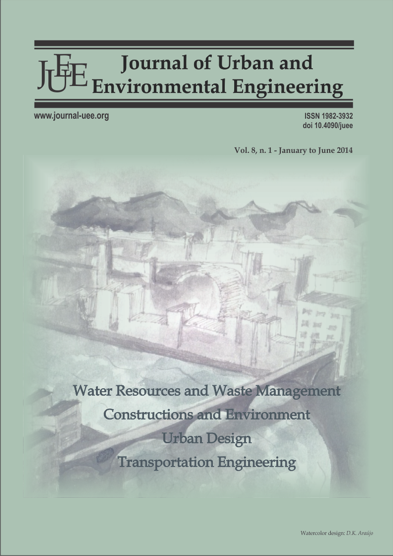WATER AVAILABILITY IN SOUTHERN PORTUGAL FOR DIFFERENT CLIMATE CHANGE SCENARIOS SUBJECTED TO BIAS CORRECTION
DOI:
https://doi.org/10.4090/juee.2014.v8n1.109-117Keywords:
Bias correction, climate change models, hydrological modelling, southern PortugalAbstract
Regional climate models provided precipitation and temperature time series for control (1961-1990) and scenario (2071-2100) periods. At southern Portugal, the climate models in the control period systematically present higher temperatures and lower precipitation than the observations. Therefore, the direct input of climate model data into hydrological models might result in more severe scenarios for future water availability. Three bias correction methods (Delta Change, Direct Forcing and Hybrid) are analysed and their performances in water availability impact studies are assessed. The Delta Change method assumes that the observed series variability is maintained in the scenario period and is corrected by the evolution predicted by the climate models. The Direct Forcing method maintains the scenario series variability, which is corrected by the bias found in the control period, and the Hybrid method maintains the control model series variability, which is corrected by the bias found in the control period and by the evolution predicted by the climate models. To assess the climate impacts in the water resources expected for the scenario period, a physically based spatially distributed hydrological model, SHETRAN, is used for runoff projections in a southern Portugal basin. The annual and seasonal runoff shows a runoff decrease in the scenario period, increasing the water shortage that is already experienced. The overall annual reduction varies between -80% and -35%. In general, the results show that the runoff reductions obtained with climate models corrected with the Delta Change method are highest but with a narrow range that varies between -80% and -52%.Downloads
Download data is not yet available.
Downloads
Published
2014-10-13
Issue
Section
Articles




